Table 1.
Glycated, oxidized, and nitrated amino acid metabolites.
| Metabolite class | Urinary metabolite | Comment |
|---|---|---|
| Glycation |

|
Early-stage glycation adduct [25]. Formed from glucose nonenzymatically and reporting on exposure to increased glucose concentration. Repaired intracellularly by fructosamine 3-phosphokinase [14]. Free adduct absorbed after digestion of food proteins [69]. |

|
A major quantitative arginine-derived AGE formed from methylglyoxal. Linked to increased fasting and postprandial glucose exposure, insulin resistance, and cardiovascular disease [9, 10, 47, 70]. Free adduct absorbed after digestion of food proteins [9]. | |
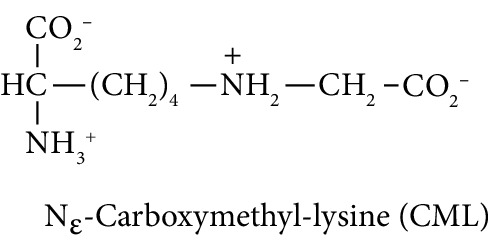
|
A major quantitative lysine-derived AGE—particularly in food. Formed by the oxidative degradation of FL from and other sources. Free adduct absorbed after digestion of food proteins [71]. | |
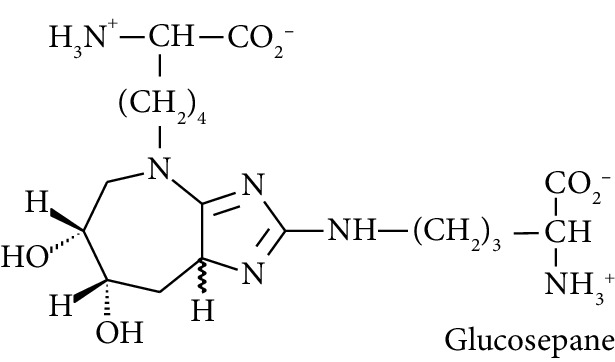
|
Major quantitative crosslink formed in protein glycation [17]. | |
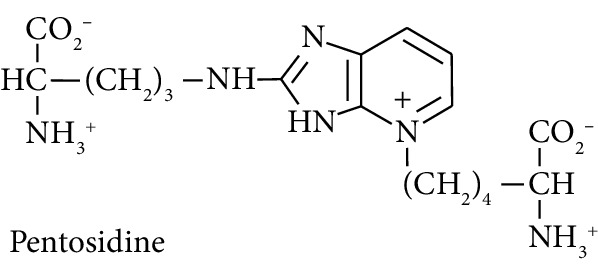
|
Low level pentose sugar-derived glycation crosslink and intense fluorophore. Considered to reflect pentose phosphate pathway activity [72]. | |
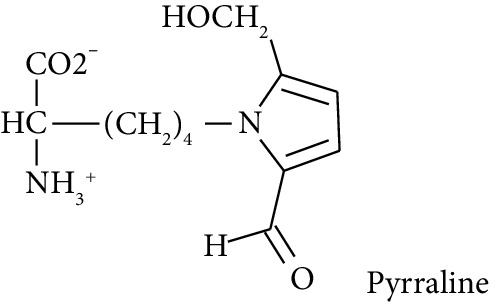
|
Glucose-derived AGE formed at high temperatures of culinary processing; originating only from food [23, 24]. | |
|
| ||
| Oxidation |

|
Oxidative crosslink formed spontaneously in oxidative stress and enzymatically by dual oxidase (DUOX) [16, 25]. |
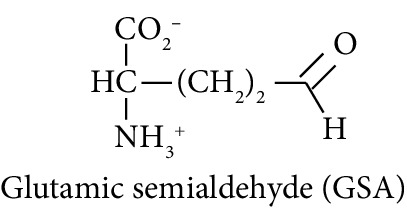
|
Major “protein carbonyl” formed by the oxidative deguanidylation of arginine and oxidative ring-opening of proline [73]. | |
|
| ||
| Nitration |
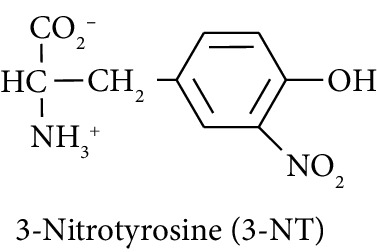
|
Major proteolysis product of proteins endogenously nitrated by peroxynitrite and nitryl chloride [25, 74]. |
|
| ||
| Transglutaminase-linked crosslink |

|
Major protein crosslink formed enzymatically. |
|
| ||
| Branched-chain amino acids (BCAAs) |

|
Essential amino acids previously linked to the development of T2DM and CKD [21, 22]. |
Molecular structures showing ionisation under physiological conditions.
